Get out and smell the wildflowers
2021 Update – I started creating short videos about these flowers and posting them to YouTube. You can check them out by clicking the video below, or read on for more info!
I had penned this post a few months ago in eager anticipation of April and May wildflower season — unfortunately some of the parks that these beautiful flowers can be found may be closed due to COVID-19. However, many trail systems around the country are still open and people are encouraged to use them so long as you are maintaining social distancing (6 ft) between you and others. If you can get outside and do it safely, great! Some of these wildflowers grow in more “wild” spaces and some are perfectly at home growing in your own garden, so keep an eye out for those plants that you may have dismissed as just weeds (for example, I have little wild violets currently overtaking my garden beds and I’m going to leave them – they add a nice green ground cover with some pretty blue and purple flowers interspersed among the taller plants.) If you don’t have somewhere nearby to get outside, use this post as a virtual garden walk.
~ * ~
Sometimes the beauty of nature can be right under your nose, but you have to look carefully to find it. Here are some native spring wildflowers that you can find out in local parks in the northeastern U.S. Take a stroll, breathe in the fresh spring air, and slow down – some of these beauties are so small you might miss them by walking too fast! Better yet, find a local outdoor group that does guided wildflower walks.
Please remember Leave No Trace Principle #4, leave what you find and do not pick wildflowers. With parks and forests fragmented by development and urbanization and native plants being overrun with invasive species, these wild plants are not in abundance. Picking them can result in eliminating them from their local habitats and also ensures other visitors will not get to see them.
Virginia Bluebell is a gorgeous native wildflower that I found growing in stands off of the Schuylkill River Trail. It makes a great addition to a part shade or shade garden, so I might have to try some of it at my house.
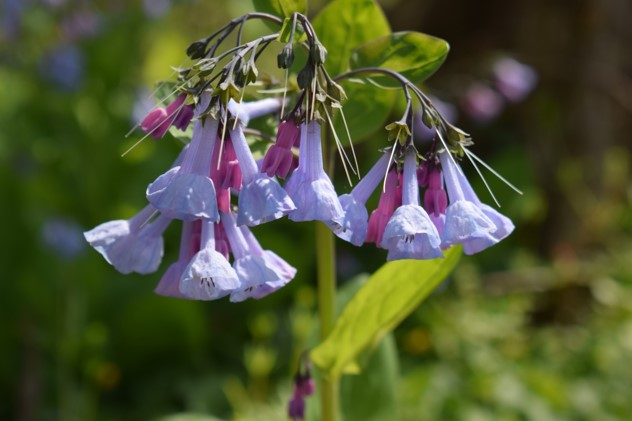
Spring Beauty – another native wildflower found along forest floors. Apparently it is also edible, but you should never eat plants you cannot positively identify and always Leave No Trace. Wildflower populations are struggling due to human influence and invasive species, so leave them for other visitors to enjoy. Add some Spring Beauty to your home garden if you are really curious about the taste.
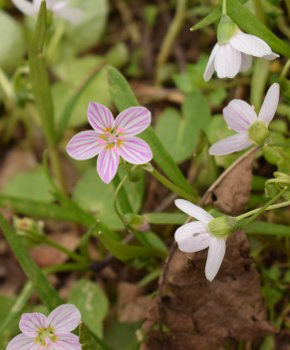
Pink Lady’s Slipper, a unique member of the orchid family that is native to the eastern US. This flower blooms from May to July, so be alert for it on your walks through the woods.
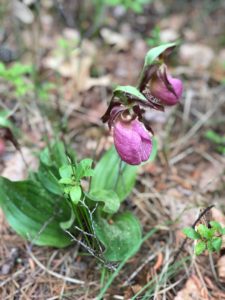
Duchman’s Breeches, also called Bleeding Hearts, are another cool native wildflower that definitely take some searching to spot. They are so named for their pantaloon-like shape.
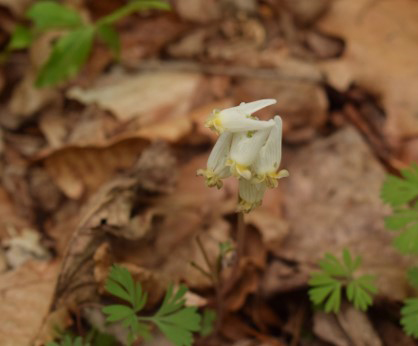
There are various types of violets that are native to the United States. Pictured here are yellow violet, common blue violet (also in the confederate violet color variety), and white violet. Use some wild plant inspiration to augment your home garden – Common blue violets also make a great flowering native ground cover.
Unfortunately some of the striking wildflowers are not native to this area and are actually very invasive. That is the case for this seemingly-innocent yellow flower on the left, Lesser Celandine. Lesser Celandine colonizes disturbed areas along streams and road ways – if you see a thick blanket of green and yellow, you’re most likely looking at it. Lesser celandine comes up early and grows from prolific tubers underground, swallowing up native plants. It dies back in early June, leaving the ground ripe for runoff. The beautiful native Trout Lilly is unable to grow through the dense mats of invasive celandine and in many areas is lost from the native ecosystem.
I would be remiss if I did not point out that the Pennsylvania state flower, Mountain Laurel, blooms late May into mid-June. This is one of my favorite flowers, and it can be found in the sandy Pine Barrens of New Jersey up through the higher elevations in Pennsylvania, as well as throughout much of the eastern US. Be on the lookout for this beauty on your next hike – it’s usually hard to miss!
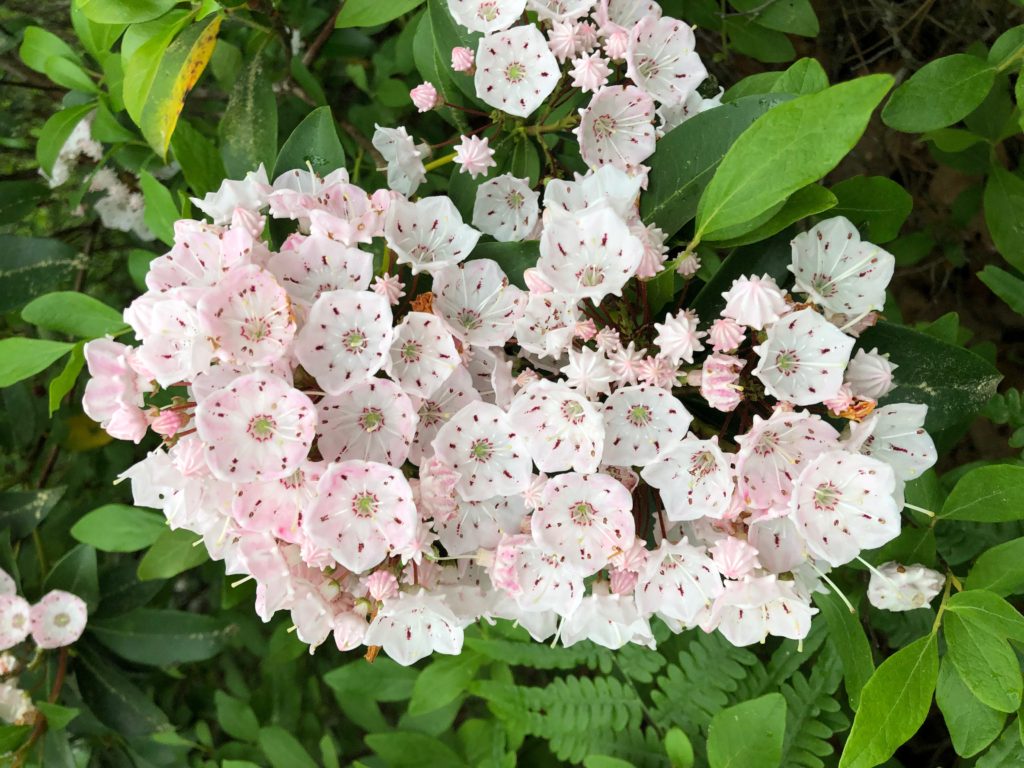
Other plants you might encounter on your journeys:
Skunk Cabbage – this native plant so named for its foul odor if the leaves are crushed. Flowers appear in early spring prior to appearance of the leaves – the flowers can even heat themselves up to melt and grow through snow, how cool! This was the first year I was able to see the skunk cabbage flowers in late March.
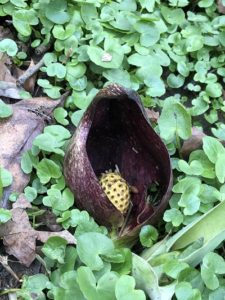
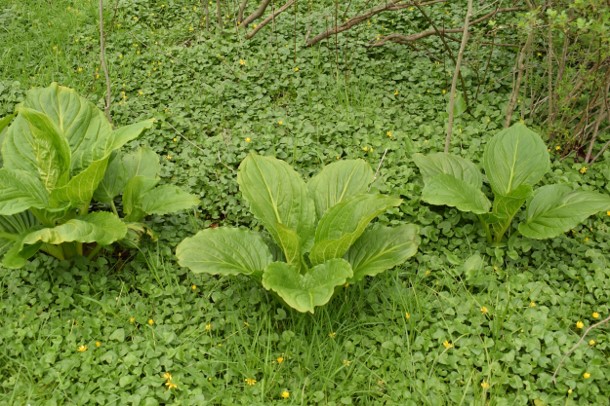
Toadshade or Red Trillium – Toadshade is unique looking three leaved plant with red flowers and usually found in deciduous woodlands. Folk lore says it’s a sign of a healthy forest and so it is exciting to see out in nature.
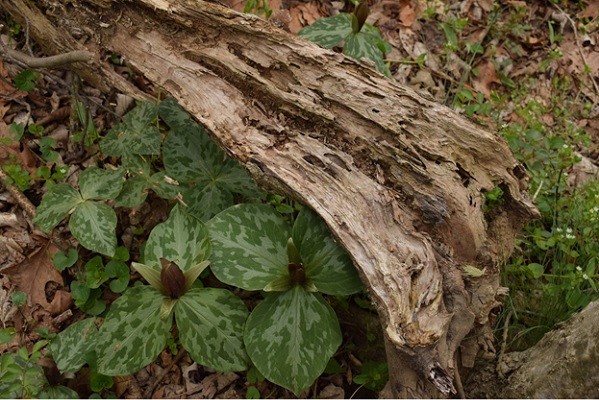
Jack in the Pulpit – This is another three-leaved native plant that grows distinctive tall blossoms. Native Americans ate the taproots of the Jack in the Pulpit, after thoroughly cooking, as the raw roots can cause blisters. The rest of the plant can cause skin irritation due to calcium oxalate crystals, so look, don’t touch!
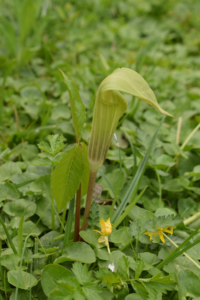
All of these flowers were observed and photographed by me in southeastern PA, but this list is far from comprehensive. Do you have a favorite native flower? Post about it in the comments!
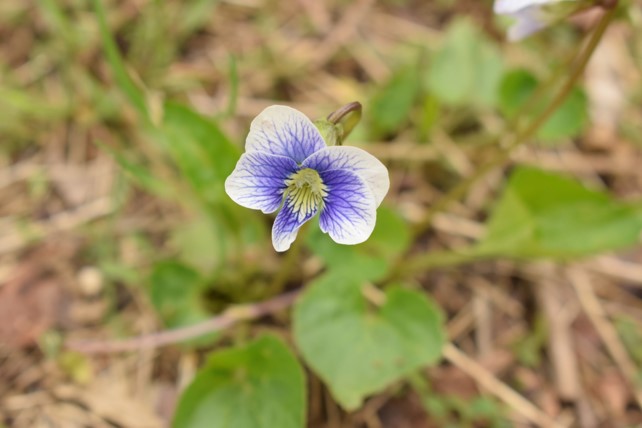
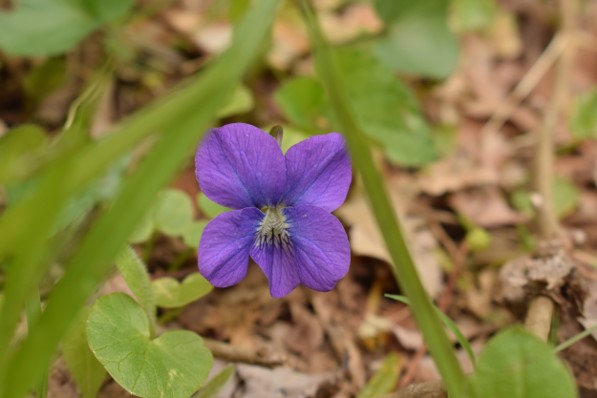
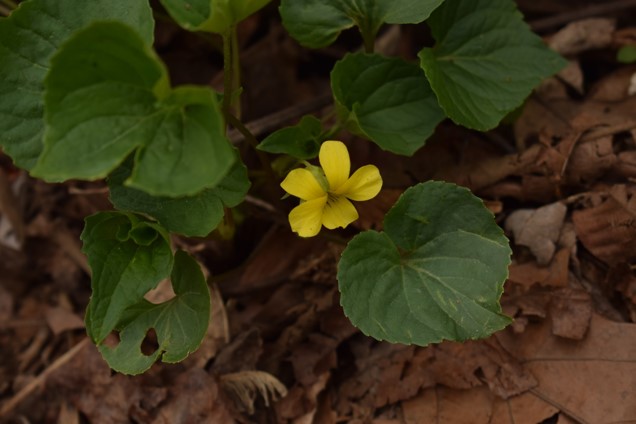
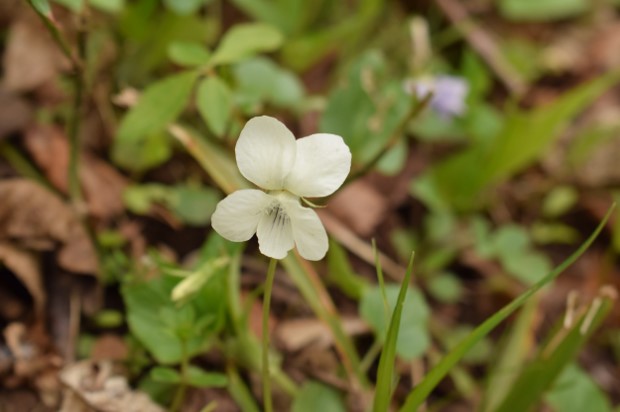
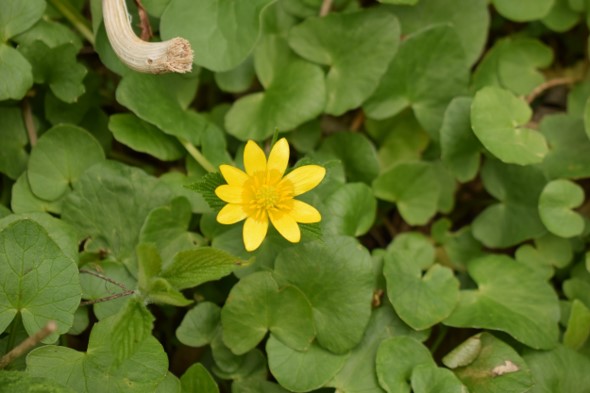
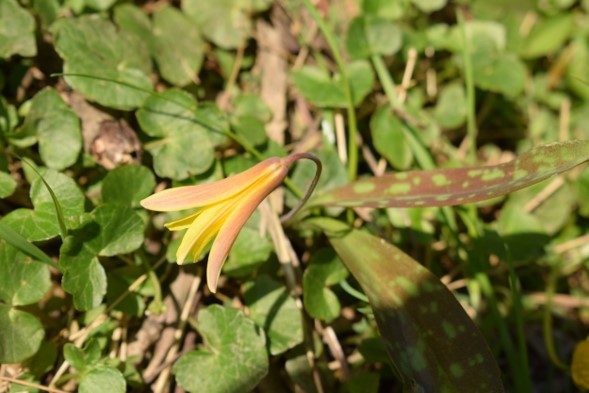

2 Replies to “Get out and smell the wildflowers”
Thank you for sharing spring your beautiful pictures.
Thanks for reading, Carole! I’m glad you enjoyed them!